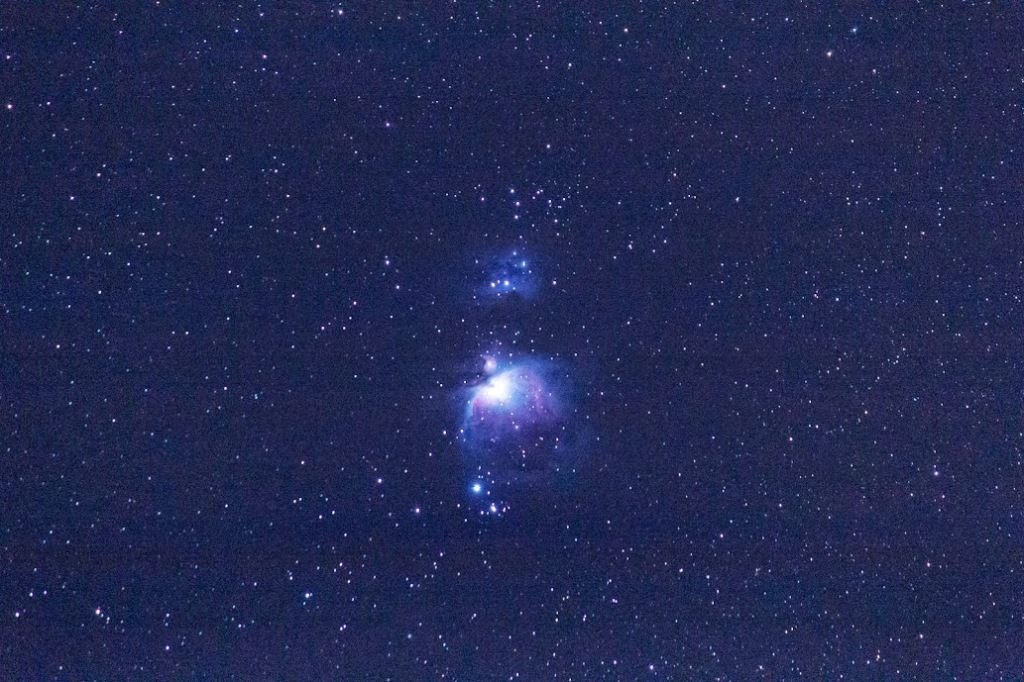I finally managed to drag myself out of bed early this morning and try to photograph Comet ISON. I tried Sunday morning from my place in Tucson, but the light pollution was too much. This morning I drove out east to get away from the city lights.
My usual place is at the the end of Speedway and technically part of Saguaro National Park. When I got there, the parking lot was blocked off with barricades due to the government shutdown. Fortunately, there was plenty of room at the side of the road to set up...I figured I shouldn't get arrested as long as I don't cross the barricades.
Comet ISON is conveniently situated near Mars and the bright star Regulus in the constellation of Leo. I knew that if I got Regulus and Mars in my frame, I should have ISON as well. It's nice to have bright, easy to find guide stars. I set up my Canon 60D on my iOptron SkyTracker and tried a variety of exposures and settings. Here is the one I have done the most work with so far.
Bright blue Regulus is on the right, orange Mars in the middle, and the faint Comet ISON to the upper left. I know others have gotten better pics, but they have all used telescopes...now I have just shown ISON is in the reach of a digital SLR!
ISON is still fairly faint, but is coming closer to the Sun and will continue to brighten. How bright is a good question, but naked eye visibility seems a safe bet within the next month. ISON passes closest to the Sun on November 28th...less than a million miles from its surface! If ISON survives this close pass, it could be very bright in early December as the gases sublimate and it forms a very long tail. Of course that is a big if.
There has been speculation it could be "as bright as the Moon" and visible during the day. Let's put the kabash on this...IF it gets that bright, ISON will be VERY close to the Sun in the sky and hence very difficult, even dangerous to try and spot. I wouldn't even recommend trying unless you really know what you are doing.
The Zodiacal light was easily visible as well, but I didn't get a good pic of it. Before leaving, I turned my camera to the Orion Nebula, set the shutter for 30 seconds and let it rip. I think the resulting picture was well worth the extra minute.
Again I am pleasantly surprised at how much you can do with an off the shelf camera and setup and fairly modest skills (I am working on the skills...need to learn more Lightroom and Photoshop!)
The next few days are a good time to try for ISON as it is still close to Mars. I may try again this week before the Moon starts moving into the morning sky. Keep an eye on ISON...I can't wait to see how it looks at its best!
Reprinted with permission from the Half-Astrophysicist Blog.


LOOK!
ReplyDeleteUP IN THE SKY!
IT'S A BIRD.... A PLANE..... YES IT IS SOON TO BE INCINERATED BY THE SUN COMET HAS BEEN!
Great pics Halebop , keep 'em com'in.
Nice pics Hale!
ReplyDeleteWowsers! How cool is that?
ReplyDeleteHale goes where no one has gone before.
ReplyDeleteSo jealous.
ReplyDeleteAwesome photos!
and what kk said!
truly amazing!
ReplyDeleteAwesome pictures Hale!
ReplyDelete